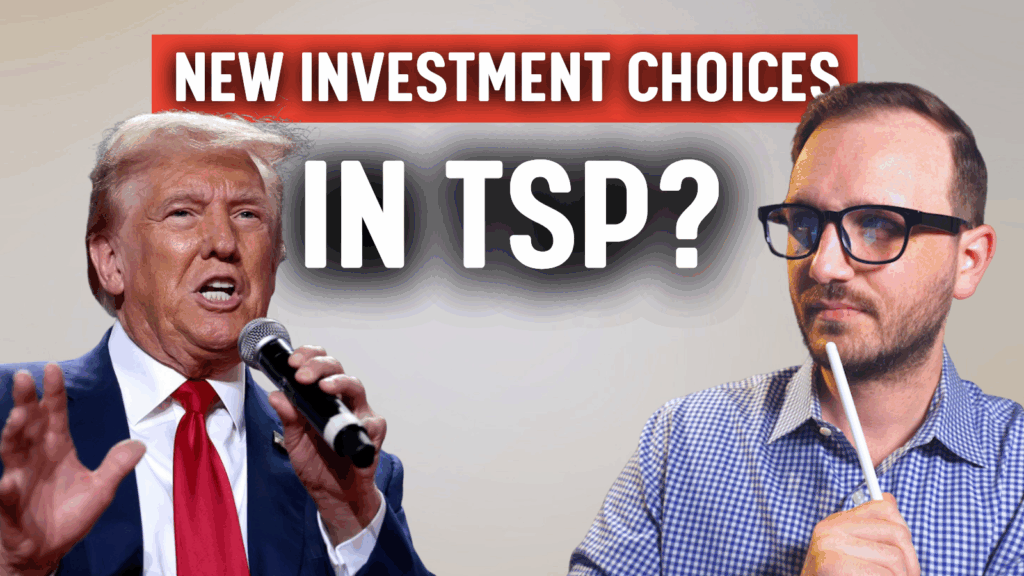Is the Bear Market Over?
We’re currently in the strangest economic environment we’ve seen for quite some time. Things are rough from a market perspective, and the economy seems to be steaming ahead. But the summer rally is over, and inflation continues to plague our economy. The Fed is struggling to keep up; does this suggest we’ll see more market volatility this year?
When we look at some of the indicators like unemployment and wages, these figures point to a strong economy. Further, corporations continue to have healthy profits and lots of cash in their banks. It doesn’t at all seem like a recession, in its traditional sense. But what if the next recession will be unlike any we’ve seen before?
Unemployment is still declining which suggests corporations are still driving production. This means the Fed has not yet had sufficient impact on the economy and will likely continue hiking interest rates, making doing business more expensive. This should continue to create more pressure on corporations, which will have a direct impact to how the markets will react.
Is it possible to have markets behave differently than expected during a recession? Short answer: yes. In fact, the economy and the markets are two separate entities. The markets tend to trade in anticipation of the economy, based on expectations of what direction the overall economy is headed. As a result, there is such a thing as the markets being too early relative to the economic data. This is the challenge in trying to time the markets in the short term.
Fortunately, you are a successful investor and not a day trader. Investors make strategic and principled decisions based on planning, while traders make tactical moves based in the moment. Nonetheless, understanding what to expect for the rest of this year is critical in aligning your wealth to your timelines and goals.
A Fool’s Errand
There’s was a time when the media attempted to predict Fed-chairman Alan Greenspan’s position on the economy by how full his briefcase was as he was crossing the street to meet members of the FOMC. The idea was that more papers stuffed into his briefcase meant that he had more supporting evidence of a dire circumstance.
After the market downfall from January to June of this year, we’ve had 8 weeks of leveling off before we started seeing volatility again. One of the main reasons for the sudden return of volatility was the Fed remaining to be “hawkish”, which means they intended to continue tightening policy.
Market rallies (recovery) during bear markets are a common event and can be incredibly misleading to federal employees as they plan their wealth. Despite the damage this year, we’ve broken back up again through the 20% decline on the S&P.
A key characteristic of the stock markets to remember is that they have historically bottomed out an average of 140 days before the economy represents it. All of this has led many investors to ask: is the bear market is over? Has the bulk of the market contraction concluded? Historically, bear markets have lasted an average of about a year, excluding the outliers of longest and shortest, so should we expect to see an increase towards the end of the year and into the next?
G fund transfers have been at record highs this year, so how is it possible for federal employees to know when to start moving back into stock funds? For federal employees, short term cash needs should be met by only one type of asset: cash or cash equivalents. You should not utilize economic indicators to determine your short-term moves. Day traders use technical market analysis; investors use cash.
If your goal is to be financially independent someday, you need a plan that formalizes how you need to invest, during both good and bad years.
Not All Market Recoveries Are Created Equally
Most investors these days have grown accustomed to “V” shaped recoveries. Represented by the shape of the letter V, this is when the markets quickly regain value after bottoming out. It’s also commonly referred to as a “checkmark” recovery.
Over the last decade, investors have become used to a market environment that has reacted faster than ever before. Information being so readily available and technology advancements have aided in this, but it’s critical not to become used to this kind of quick recovery. Moreover, the market was running on jet fuel for the last few years with all the stimulus provided by the government, and historically markets have not been as reactive.
As a result, we transitioned into a new year with stocks at their highest levels ever. This was not a good thing. The markets were overheating and immediately began to correct themselves. But more unexperienced investors suggest that we’ll rush back up to those highs again.
During bear markets, it’s common to see lower highs than previous market milestones. This means the markets can appear to be recovering, but level-off shy of the previous high and continue declining.
The economic data supports that growth is indeed slowing, which helps support that we may not see the same highs from January of 2022 for quite some time. The Fed continues to be “hawkish”, meaning they plan to continue hiking rates and reducing their balance sheet.
It doesn’t mean we won’t ever recover to those levels again, but it may take time. This is known as a “U” shaped recovery. After a decline, a U-shaped recovery observes a protracted period with depressed or near-flat returns. They may experience a slight increase, followed by more decline, followed by another slight recovery, then a period where it’s flat again, effectively creating the bell-curve of the U.
The eventual recovery is much more gradual, which is a completely different experience with which most investors planning their retirements today are accustomed. Examples of U-shaped recoveries can be seen in the mid-70s and early-90s.
This kind of uncertainty creates significant stress on investors as they try to position themselves for the near future, as well as their upcoming retirement goals.
We’ve just recently come out of the COVID19 scare and market volatility is still incredibly fresh on the minds of investors. Unless you have ice in your veins, this creates cognitive dissonance about decisions regarding your wealth and you become your own worst enemy.
Unsustainable Inflation
We’re seeing increasing corporate profits all while receiving back-to-back 0.75% interest rate hikes. This quite literally should not be happening. It doesn’t matter that there was a recent market bounce. The fact is that if the Fed can’t control inflation, we will have a recession at some point. That’s their job. They have to stop inflation and the backup parachute is sending the economy into a recession, which will send the markets into further volatility.
Markets have a unique way of leading investor sentiment and positioning. Investors make decisions based on what they have a recent and strong memory toward, and this feeling drives them to make decisions about their wealth.
We’ve not had drastic change to the fundamentals of corporations for us to experience the abounds like we have lately. Yes, the Fed is working on dealing with inflation, but I really don’t think that’s enough in such a short-term period to be able to produce the results we saw.
There is countless research that points to the fact that the most important thing you can do behaviorally to an investment strategy is to completely remove emotion and maintain a rules-based portfolio.
The recent short-term drivers of the markets were mostly caused by the large investment institutions that create index funds. These organizations have billions and trillions of investor’s monies, and are doing what they’re supposed to be doing, which is to invest according to the rules set in their portfolio investment policy statement.
Over the last 8 weeks, the S&P500 (C fund composite) broke above its 50-day moving average. In portfolio management, this is a significant indicator in trends. What happened? Billions of dollars deployed into the market as these rules base portfolios begin to execute on the strategy.
Then the S&P sustained above its 50-day moving average. This is yet another critical indicator and another round of billions of dollars redeploy. We started to see the markets brush off the dust from earlier in the year for roughly 8 weeks.
And we suddenly see federal employees find the confidence to move their G funds back to stocks. That moment in time—a decision made not based on a formalized financial plan, but rather one based on feelings about the markets—is precisely why investors are their own worst enemies.
Sometimes it makes sense to us as investors to stay far away from the markets, and other times what seems ludicrous may be exactly what a portfolio should be doing. Warren Buffett famously cautions us to be greedy when others are fearful and to be fearful when others are greedy.
Federal employees don’t have the same risk tolerance that Warren Buffet or Berkshire have, but the concept shouldn’t be lost on you. A proper plan helps you keep from overthinking by guiding the structure of your wealth towards the life you want for your future.
Failing to Plan is Planning to Fail
If you’re a younger fed with many years before retirement, make sure you’re shoveling as much money as you can into the TSP. Market volatility is your friend, and the violent but always temporary volatility is the price you pay for the opportunity of growth. Rebalancing is important, but don’t be tempted to look at your TSP values weekly or even monthly. Looking too often creates the temptation on your brain to touch things. Let compound interest do its holy work.
If you’re less young and have been diligently saving throughout the years, forget the paragraph right before this one. Your needs are greater, and you must have a formalize plan in place to help orient your lifetime of good habits towards a future of financial independence. Your wealth management principles should vary greatly than that of those earlier in their careers.
But one thing remains true for everyone: changes based on predictions rather than a plan will almost always cost you in unexpected ways. Maybe it’s a large decline in your portfolio. Maybe it’s a tax bill that didn’t need to happen or could have been greatly reduced. Maybe it’s paying too much for insurance or the opportunity cost of having missed out on substantial market returns.
Regardless, you don’t have the luxury of time to recover from financial mistakes that could have been avoided, so remember that it’s not just your money, it’s your future.



